Fire Detection
Active fire protection measures are automatic fire protection measures that warn occupants of the existence of fire, and extinguish or control the fire. These measures are designed to automatically extinguish or control a fire at its earliest stage, without risking life or sacrificing property and personel.
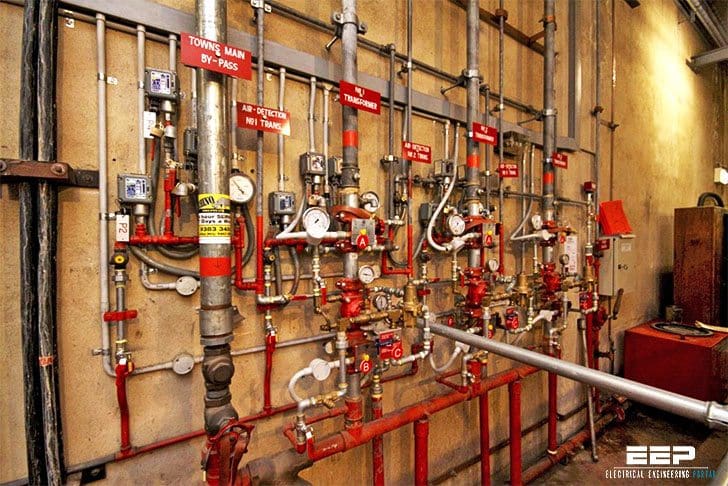
The benefits of these systems have been universally identified and accepted by building and insurance authorities. Insurance companies have found significant reduction in losses when automatic suppression systems have been installed.
An automatic suppression system consists of:
- Extinguishing agent supply,
- Control valves,
- Delivery system, and
- Fire detection and control equipment.
The agent supply may be virtually unlimited (such as with a city water supply for a sprinkler system) or of limited quantity (such as with water tank supply for a sprinkler system).
The agent delivery systems are a configuration of piping, nozzles, or generators that apply the agent in a suitable form and quantity to the hazard area (e.g., sprinkler piping and heads).
Fire detection and control equipment may be either mechanical or electrical in operation.
These systems may incorporate a fire detection means such as sprinkler heads or they use a separate fire and detection system as part of their operation. These detection systems detect a fire condition, signal its occurrence, and activate the system.

Active systems include wet, dry and pre-action sprinklers, deluge systems, foam systems, and gaseous systems. Detailed descriptions of each of these systems, code references and recommendations on application are covered in IEEE 979.
Fire fighting test – Sulaibiya Z substation (VIDEO)
Resource: Substation Engineering Design – L. Grigsby

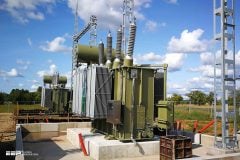


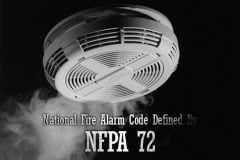



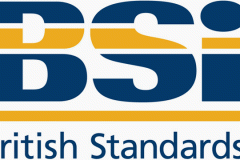
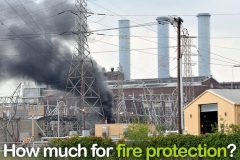

Hi Mr. Edvard,
Great article and I uploaded a comment on LinkedIn earlier this afternoon. If you did receive it, would you please email it to my ID at nanguneri@yahoo.com as I would like to append some information to it and upload it here directly?
Thanks again and great article.
Dr. Shree Nanguneri
Hi Shree,
I saw your comment at LinkedIn. EEP team sent you an email this morning, so you can send your update simply by replying on it.
Thanks!